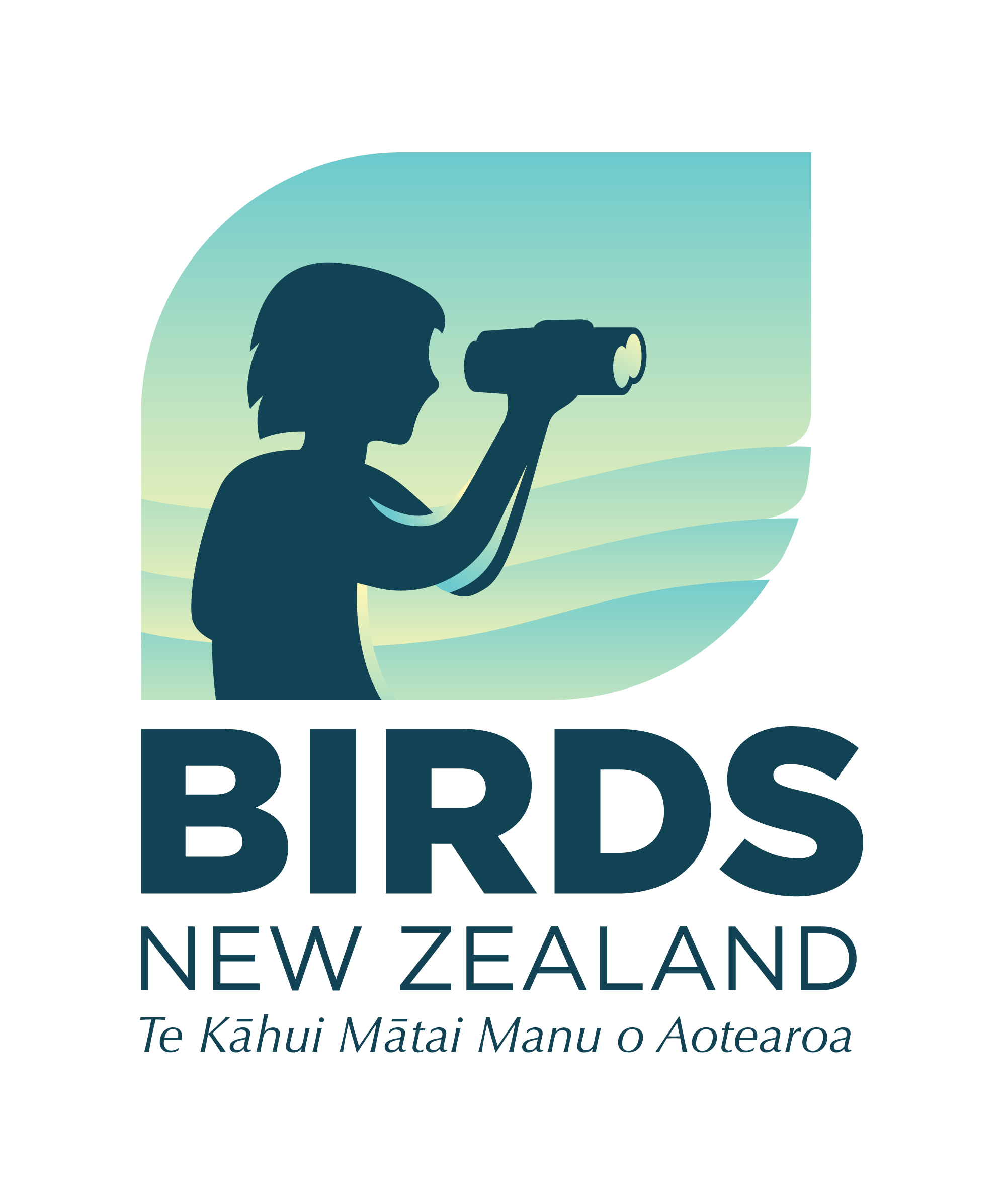Notornis, 20 (2), 123-127
Article Type: Paper
Kiwis fall into two distinct groups, striated (including the North Island, the South Island and the Stewart Island kiwis) and spotted (including the little spotted and the great spotted kiwis). Variation, both geographically and longitudinally, is evident. One major character, the tongue with its closely associated sensory tracts, is described and contrasted in three species of kiwi, the North Island kiwi (Apteryx australis mantelli), the great spotted kiwi (A. haasti) and the little spotted kiwi (A. oweni). It is concluded that the shape of the tongue has an important bearing on the type of food eaten and the terrain occupied by each of the species. The differences in the anatomy of the tongues indicate that the spotted kiwis are distinct from the striated kiwis and a different origin or a divergence of development resulting from early separation in the type of habitat occupied is suggested. The marked difference in the kind of plumage supports this hypothesis according to the contrasting habitats now occupied by the two groups of kiwis.
